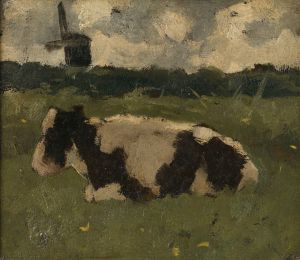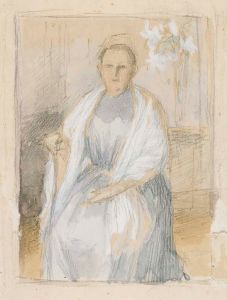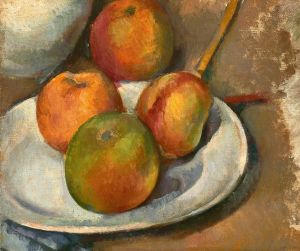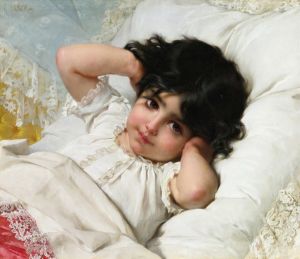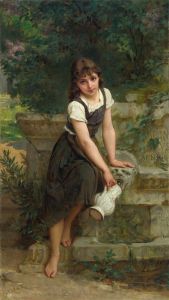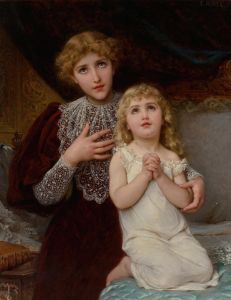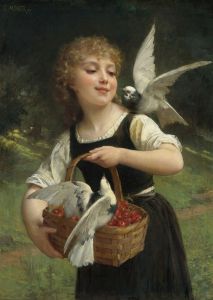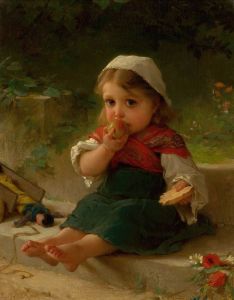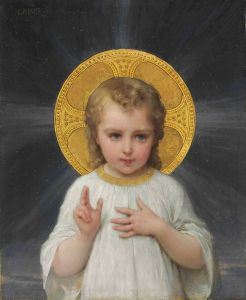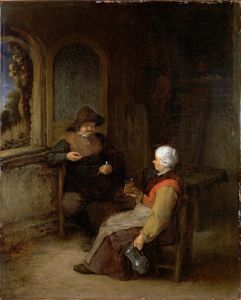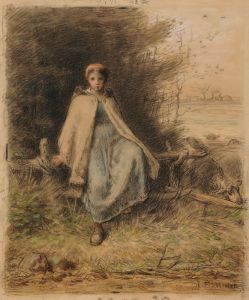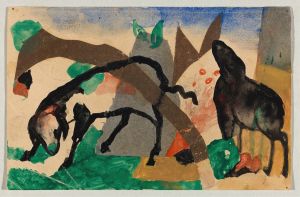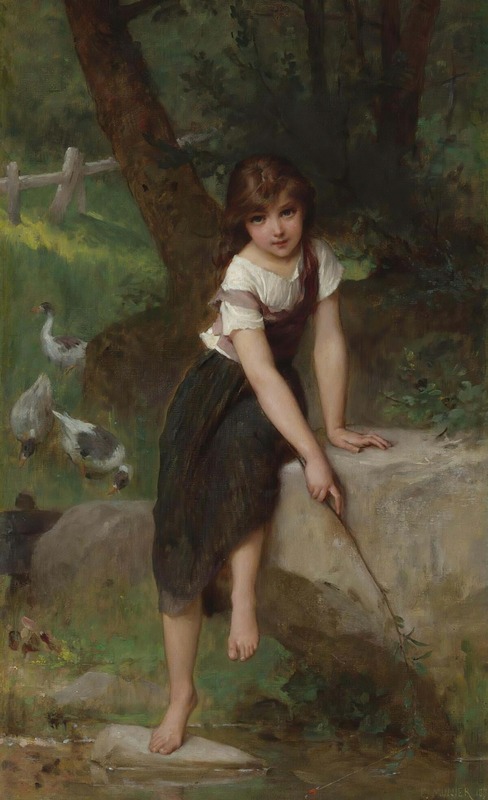
Goose Girl
A hand-painted replica of Émile Munier’s masterpiece Goose Girl, meticulously crafted by professional artists to capture the true essence of the original. Each piece is created with museum-quality canvas and rare mineral pigments, carefully painted by experienced artists with delicate brushstrokes and rich, layered colors to perfectly recreate the texture of the original artwork. Unlike machine-printed reproductions, this hand-painted version brings the painting to life, infused with the artist’s emotions and skill in every stroke. Whether for personal collection or home decoration, it instantly elevates the artistic atmosphere of any space.
Émile Munier was a French academic artist known for his detailed and realistic portrayals of children and domestic scenes. He was born in Paris on June 2, 1840, and studied under renowned artists such as William Bouguereau, who greatly influenced his style. Munier's works are characterized by their meticulous attention to detail and the tender, often sentimental depiction of his subjects.
One of Munier's notable works is "Goose Girl," which exemplifies his skill in capturing the innocence and charm of childhood. Although specific details about the creation of "Goose Girl" are limited, it is consistent with Munier's oeuvre, which often featured young children in idyllic settings. His paintings typically reflect a serene and gentle atmosphere, emphasizing the beauty and simplicity of everyday life.
"Goose Girl" portrays a young girl tending to geese, a common rural scene that evokes a sense of nostalgia and pastoral tranquility. Munier's ability to render textures and fabrics with precision is evident in the girl's clothing and the feathers of the geese. The composition likely highlights Munier's adeptness at using light and shadow to create depth and realism, a technique he mastered under the tutelage of Bouguereau.
Munier's work was well-received during his lifetime, and he exhibited regularly at the Paris Salon, where he gained recognition for his technical proficiency and the emotive quality of his paintings. His art was part of the broader 19th-century academic tradition, which valued classical techniques and often depicted idealized subjects.
The popularity of Munier's paintings, including "Goose Girl," can be attributed to their universal themes and the artist's ability to evoke emotion through his detailed and lifelike portrayals. His works continue to be appreciated for their craftsmanship and the gentle, heartwarming scenes they depict.
While "Goose Girl" may not be as widely known as some of Munier's other works, it remains a testament to his skill in capturing the essence of childhood and rural life. The painting reflects the broader cultural and artistic movements of the time, which often romanticized rural and domestic scenes as a counterbalance to the rapid industrialization and urbanization of the 19th century.
Émile Munier's legacy endures through his paintings, which continue to be celebrated for their beauty and technical excellence. His ability to convey the innocence and joy of childhood in works like "Goose Girl" ensures that his art remains relevant and cherished by audiences today.





